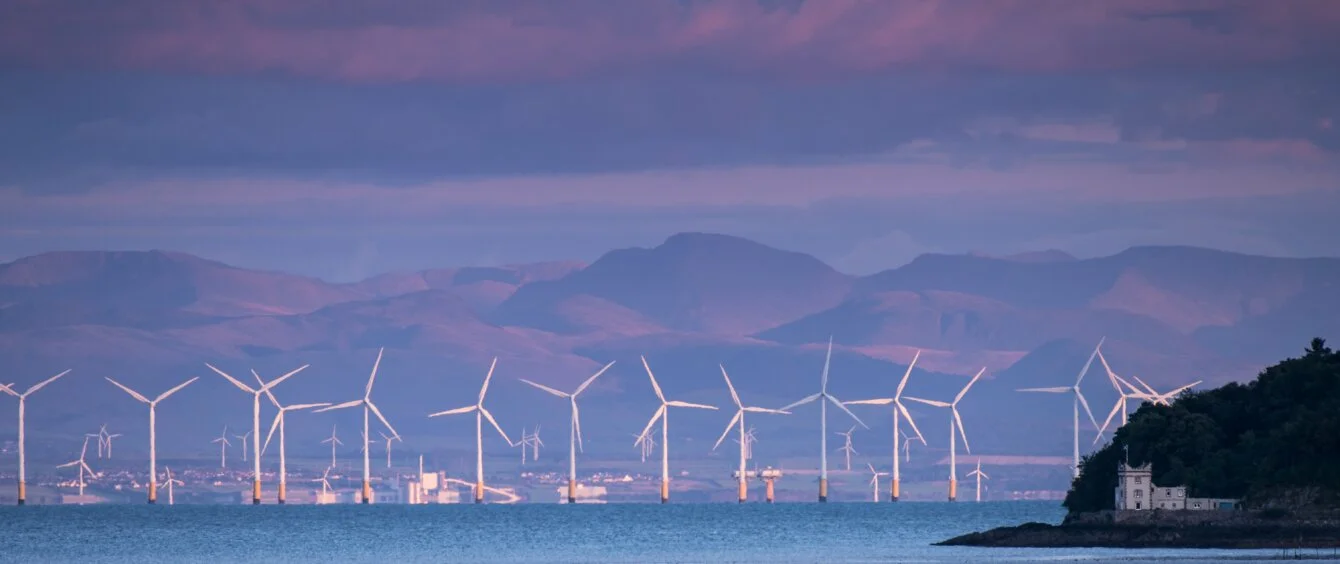Renewable energy creates domestic jobs. That is the message from the University of Strathclyde’s Fraser of Allander Institute, which in October published a report examining the impact of renewable energy on the Scottish economy.
The renewable energy sector is not defined within the national accounts, so the report pulls together a picture of the sector from data published by the UK’s Office for National Statistics. The basic figures are that the renewable energy industry in Scotland had a turnover of £3.06 billion in 2020 and was directly responsible for 8,450 full-time equivalent jobs.
However, that is far from the whole story.
The renewable energy sector supports other employment throughout its supply chains, which in turn creates additional work and spending across the Scottish economy. Including these spill over effects, the report estimates renewables’ economic contribution at £5.6 billion in terms of output, £2.5 billion of gross value added, all-in-all supporting more than 27,000 full-time equivalent jobs.
Twin win: power decarbonisation promotes employment growth
Scotland’s renewable energy output has more than quadrupled since 2007 and has grown to such an extent that renewable electricity accounted for 97% of the country’s gross electricity consumption in 2020.
Last year, onshore wind accounted for 17,266 GWh of clean power generation, followed by hydro (4,509 GWh), offshore wind (2,723 GWh), biomass and waste (2,397 GWh) and solar PV (328 GWh).
Scotland’s 8,780 MW of onshore wind capacity is the biggest contributor. The corresponding estimate from the Allander Institute is that this segment supports 10,120 full-time equivalent jobs.
Scotland also has 1,896 MW of offshore wind. This segment supports 6,735 jobs. Hydropower and renewable heat account for 4,395 and 2,770 full-time staff respectively, the institute estimates.
RWE Renewables owns or operates about 480 MW of installed renewable energy capacity in Scotland and built the country’s first commercial offshore wind farm, Robin Rigg, in the Solway Firth. It has eleven onshore wind projects in development or consented, as well as being active in the hydropower and renewable biomass sectors, working from its offices in Perth and Inverness.
Dynamic growth promises more work
There is plenty more to come from renewable energy in Scotland, not least the ScotWind offshore leasing round, the outcome of which was announced earlier this year. This promises almost 25 GW of new offshore wind in coming years.
Scotland is also home to the world’s first commercial-scale floating wind farm, Hywind, the European Marine Energy Centre, which has trialled a range of innovative wave and tidal renewable energy technologies, and a number of pioneering low-carbon hydrogen projects.
On the basis of the Allander Institute’s analysis and others, renewable energy growth across all sectors promises many more new jobs.
Earlier this year, Robert Gordon University estimated an additional 9,000 jobs could be created in the offshore energy sector in north-east Scotland alone by 2030, if sufficient energy transition funding is provided. Meanwhile, trade association Solar Energy Scotland forecast in May that 8,500 new jobs could be created as the country moves towards the solar sector’s goal of 6 GW by 2030, up from 411 MW at end-June.
